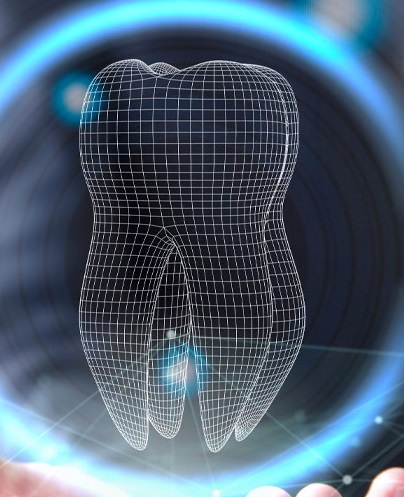Advancements in Dental Technology

In recent years, the field of dentistry has undergone a profound transformation, thanks to continuous innovations in dental technology. These advancements enhance the patient experience and empower dental professionals to provide more accurate diagnoses, efficient treatments, and personalized care. From digital imaging to artificial intelligence, here's a glimpse into the remarkable improvements shaping the landscape of modern dentistry.
Digital Imaging
Gone are the days of traditional X-rays with their cumbersome films and long processing times. The advent of digital imaging in dentistry has revolutionized diagnostics. Digital radiography allows for instant, high-resolution images that can be viewed and analyzed in real-time. This reduces radiation exposure for patients and provides dentists with a comprehensive view of oral health, enabling more accurate diagnoses and treatment planning.
Intraoral Cameras
Intraoral cameras have become a staple in modern dental practices, offering a close-up and real-time view of the oral cavity. These small, high-resolution cameras help dentists detect issues such as cavities, fractures, or gum disease with exceptional precision. Patients can now see exactly what their dentist sees, fostering a clearer understanding of their oral health and facilitating collaborative discussions about treatment options.
3D Printing
The integration of 3D printing technology has ushered in a new dentistry customization era. From crowns and bridges to dental implants, 3D printing allows for the creation of highly precise and individually tailored dental restorations. This streamlines the manufacturing process and ensures a perfect fit for patients, reducing the need for adjustments and enhancing the overall quality of dental prosthetics.
Laser Dentistry
Laser technology has revolutionized various dental procedures, offering minimally invasive alternatives to traditional methods. Lasers can be used for tasks ranging from cavity detection and tooth preparation to gum surgeries. The precision of lasers minimizes discomfort, accelerates healing, and often eliminates the need for anesthesia. Laser dentistry represents a significant leap forward in making dental treatments more comfortable and efficient.
Dental Adhesives
Within the realm of restorative dentistry, dental adhesives play a pivotal role in ensuring the success of various treatments. These adhesives facilitate the bonding of materials like composite resins to natural tooth structures. Improvements in adhesive formulations due to new polymer based products have led to stronger and more durable bonds, enhancing the longevity and performance of dental restorations such as fillings, crowns, and veneers. The evolution of dental adhesives reflects a commitment to achieving optimal results in restorative dentistry while minimizing the impact on natural tooth structures.
Smart Toothbrushes and Apps
The rise of smart technology extends to oral hygiene with the introduction of smart toothbrushes and apps. These devices use sensors and connectivity to provide real-time feedback on brushing techniques and oral hygiene habits. Patients can track their brushing routines, receive personalized tips, and share data with their dentists for more informed discussions during regular check-ups.
In conclusion, the continuous improvements in dental technology are reshaping the landscape of oral healthcare. From streamlined diagnostics to personalized treatment plans, these advancements are enhancing the patient experience and empowering dental professionals to deliver more precise and effective care. As technology continues to evolve, the future of dentistry promises even more innovations, ensuring that smiles around the world receive the best possible care in the most advanced and patient-friendly manner.
839GYLCCC1992



Leave a Reply